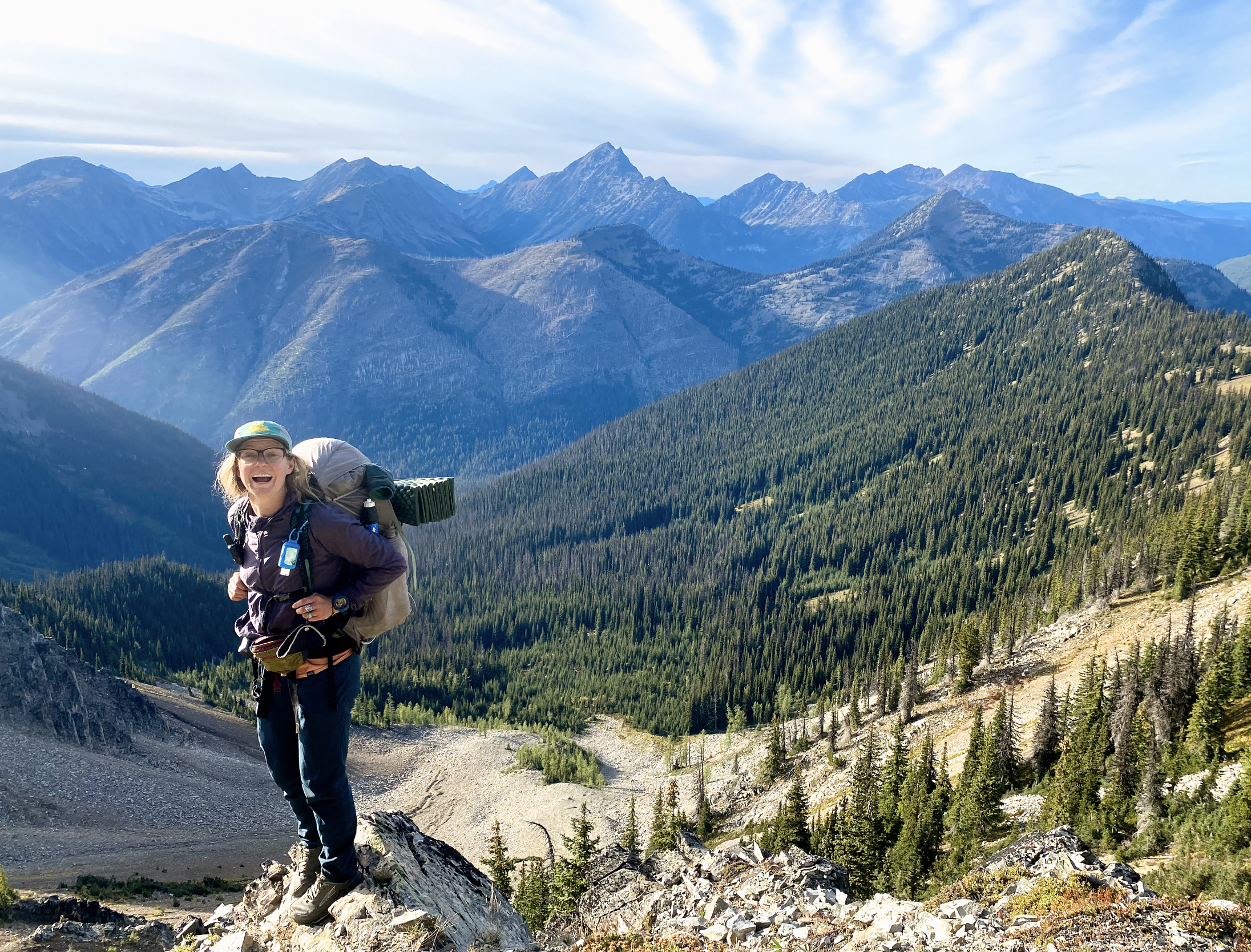Working on the PCT
By Riley Marshall
When planning a thru-hike, there is a lot to consider. There are the standard logistics of gear, food shipments, training, etc, but there is one factor that stands out above all else: money. How will I pay for this? How much should I save? How much will I spend? Will I need to quit my job? Take a leave of absence? With modern technology giving workplaces the ability to allow their employees the option of remote work, and more and more companies adopting this concept - especially in COVID era - working while on a thru-hike is absolutely possible. However, it is not possible without a team, and you will need to work with/for companies who understand what you are doing, and are willing to be flexible with you. Above all that, you also need to choose a career path that is remote-friendly. Here is my personal experience of working while on the Pacific Crest Trail, the pros and cons of it, my successes and failures at it, and how I pulled it off with the help of my friends at The EdgE Agency.
Before setting out on my hike, I certainly did not have enough money saved to leave my job and walk for 4-6 months. I had been living paycheck to paycheck for the last 4-5 years, and had recently spent all of the savings I had built previous to that on purchasing my home. Oh yeah, that’s the other thing… I also had a mortgage to pay while I was walking. I knew that I would need to work while on trail to survive financially. Before starting the hike, I assumed I’d have hours laying around camp, and on town days I could sit alone on hotel wifi to get work done. This was almost never the case.
The reality is, there is little to no “down time” on the PCT. You are not spending hours at camp, idle. You wake up, eat breakfast, pack up, and start walking immediately. When you get to camp at the end of the day, you’ve walked around 30 miles, you are dead tired, it is getting dark or is dark already, you eat quickly and pass out. In towns, you head straight to a restaurant or brewery and absolutely stuff your face and then hang out with all your trail friends all day. It is a much more social experience than one would imagine, and missing out on the social aspects is missing out on part of the experience as a whole.
My situation was unique, and my field of work is definitely more apt to doing while on trail than others. Even so, I left the job that I had to hike the PCT. I did not even bother trying to keep it, as I knew that the scope of work I was doing would be impossible from the trail. Heck, it was impossible to do all of it while sitting in my office, which was actually a big motivator for me to take the time off for my hike. After giving my notice, I set up an LLC, and started drumming up a book of freelance business, and quickly, work fell into my lap.
I acquired an iPad and a solar charger, with the assumption that I would be able to work from the iPad. If you have ever seriously considered doing a thru-hike, you probably cringed at the fact that I was actually carrying an iPad (1.4lbs) and a solar panel (1lb). If you are unfamiliar with long distance hiking, 2.5 extra pounds is A LOT of extra “luxury” weight. For many, that is 10-20% of the entire weight they are carrying! Upon starting the hike, I quickly learned that this was a mistake. Further, as it turned out, the iPad is basically a glorified cell phone. It simply did not function as an adequate replacement for a desktop computer. There are other tablets that behave more closely to laptops, but they are also considerably heavier. So alas, I decided that I would only be able to work from my cell phone and returned the iPad and solar panel.
Limiting myself to only a cell phone also greatly limited the type of work I could do, which meant that I had to turn away a good amount of the work I had brought on. I work in marketing, so I was working on things like email campaigns, social media scheduling and copywriting, graphic design, etc. Being only able to use a cell phone meant that I had to focus my scope of tasks down to primarily copywriting. Further, I only had service every few days or so (I had WAY less service than I thought I would), so I needed to have someone else manage the actual posting and account management. This is where the EdgE team was the perfect compliment to what I was able to do.
At night, I was able to write some content, but again, I was absolutely exhausted, so this was spread out little at a time. In towns, I would front load some of the work, screenshotting things to use and working off an offline-enabled Google Doc so that I would be able to continue working on it when I was back on trail. During whatever town stop landed on, or just before a deadline, I would copy and paste all of the work into a scheduling platform (Sprout Social or Planable, depending on the client), which would take a number of hours. Then the EdgE team would check it over, get client approvals, and ensure that everything was posting as scheduled, and necessary promotions were being run.
One of the things The EdgE prides itself on is that its network of freelance creators, The EdgE Collective, are people who are actually out living the lifestyle that many of the brands that they represent market to. Their mission statement is “empowering people to live extraordinary lives.” That being said, they go to lengths to ensure that their web of contractors are able to continue to live these extraordinary lives. This was a godsend for me, because it enabled me to have this truly extraordinary experience.
Truthfully, if you don’t have to work while on a thru-hike, then don’t. Checking out and living in nature for a few months is a really powerful experience, and if you can fully immerse yourself in that without having to worry about getting service so you can get work done, you’re going to be able to enjoy the experience more. However, being able to have the little income that I did, allowed me to see some of the most beautiful places I have seen in my life, and still afford to eat. Completing the PCT was a life changing achievement I will cherish as long as I live and I am so grateful I was able to make it happen with the help of The Edge.




